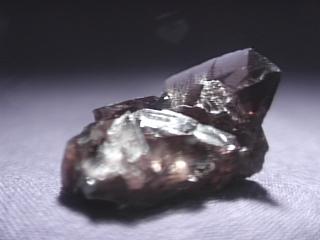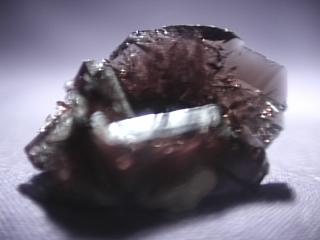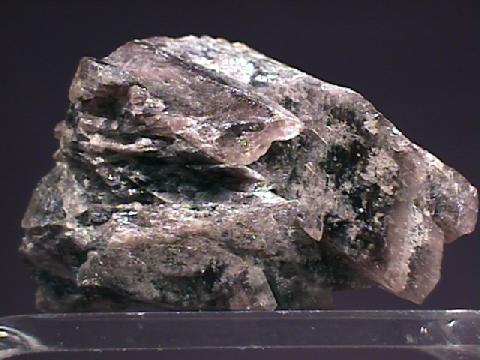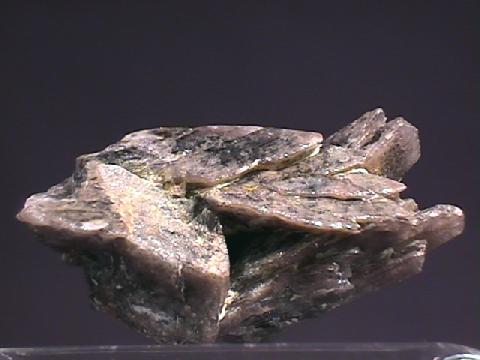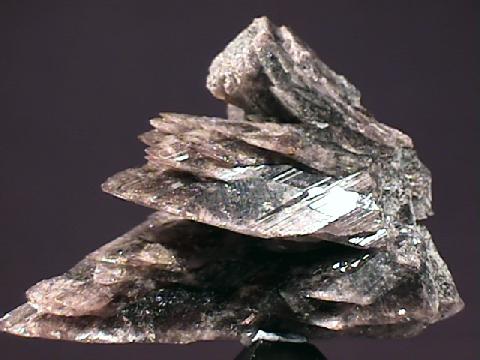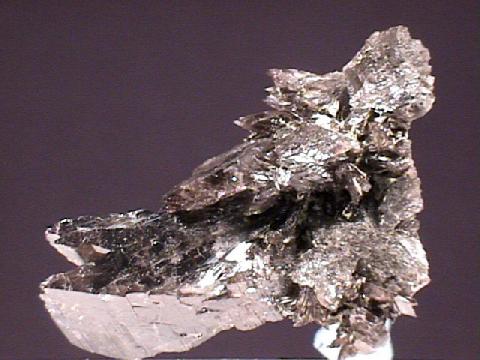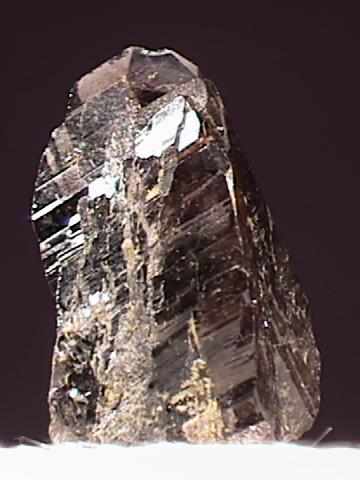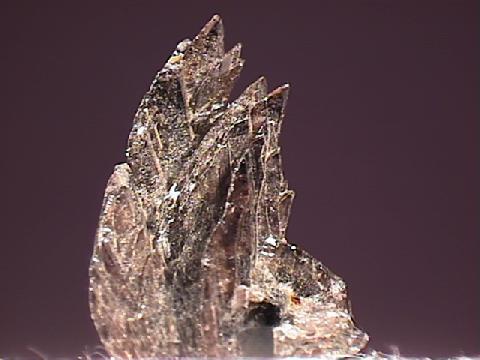 THE MINERAL AXINITE
THE MINERAL AXINITE
- Chemistry: Ca2(Mn, Fe, Mg)Al2(BO3OH)(SiO3)4, Calcium Manganese Iron Magnesium Aluminum Borosilicate Hydroxide
- Class: Silicates
- Subclass: Cyclosilicates
- Uses: Only as a mineral specimen
Specimens
Axinite is actually a series name for a group of isostructural minerals. All have the same structure but are different in terms of chemistry. They are named for their respective enrichment in either iron, magnesium and manganese, except for the iron manganese intermediate tinzenite. They differ slightly in color and specific gravity and most collectors refer to any of them as simply axinite, that is why they are treated as a single mineral here. Below is a list of the members of the axinite series and some of their properties:
- Ferro-axinite, iron rich, lilac brown to black, SG=3.31
- Magnesio-axinite, magnesium rich, pale blue to gray, SG=3.18
- Manganaxinite, manganese rich, yellow-orange, SG=3.32
- Tinzenite, iron & manganese intermediate, yellow, SG=3.37
PHYSICAL CHARACTERISTICS:
- Color is commonly a lilac brown but also yellow, yellow-orange, gray, pale blue and even black.
- Luster is vitreous.
- Transparency crystals are transparent to translucent.
- Crystal System is triclinic; bar 1
- Crystal Habits include flattened wedge shaped crystals, often with a spatula or knife-like shaped edge. Also as granular and as parallel bladed aggregates.
- Cleavage is good in one direction.
- Fracture is conchoidal.
- Hardness is 6 - 7.5
- Specific Gravity is approximately 3.0 - 3.4 (slightly above average for transparent minerals)
- Streak is white.
- Other Characteristics: crystals are heavily striated on some faces and manganese rich axinites have been known to be fluorescent red.
- Associated Minerals are diopside, andradite, quartz, calcite, epidote, scheelite and prehnite.
- Notable Occurrences include Madera Co., California and Franklin, New Jersey, USA; Baja California, Mexico; Bahia, Brazil; Switzerland; Obira, Japan; Cornwall, England and France.
- Best Field Indicators are crystal habit, hardness, color and striations.

